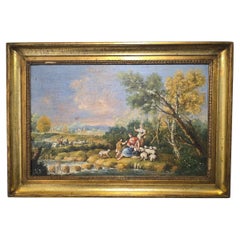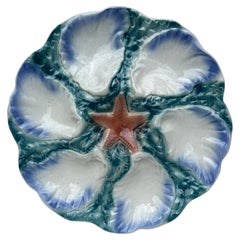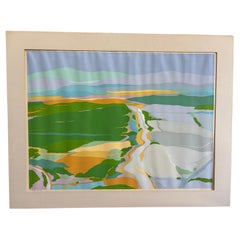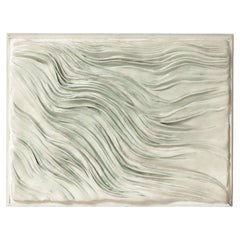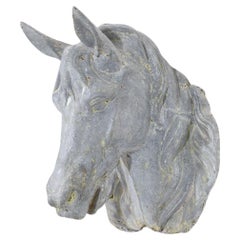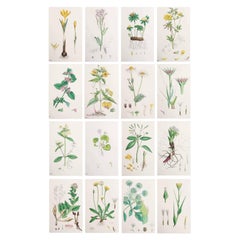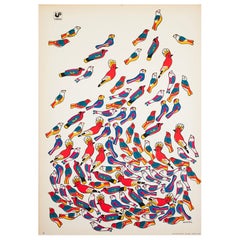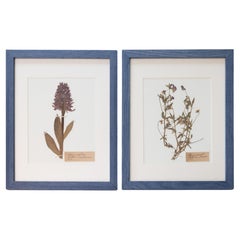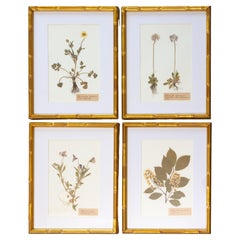Wall Decorations
19th Century French Antique Wall Decorations
Zinc
1850s English Early Victorian Antique Wall Decorations
Paper
20th Century Polish Wall Decorations
Paper
1910s Swedish Gustavian Vintage Wall Decorations
Wood, Paper
1910s Swedish Vintage Wall Decorations
Glass, Wood, Giltwood, Paper
1910s Swedish Vintage Wall Decorations
Linen, Cut Glass, Wood, Giltwood
1920s French Art Deco Vintage Wall Decorations
Paper
1840s English Folk Art Antique Wall Decorations
Paper
1940s Swedish Scandinavian Modern Vintage Wall Decorations
Wool
Mid-19th Century British Regency Antique Wall Decorations
Canvas, Giltwood
1850s English Early Victorian Antique Wall Decorations
Paper
Early 18th Century German Georgian Antique Wall Decorations
Wood, Paper, Glass
1960s Dutch Vintage Wall Decorations
Paper
Late 19th Century European Renaissance Revival Antique Wall Decorations
Metal
20th Century American Wall Decorations
Linen, Paper
1960s Dutch Vintage Wall Decorations
Paper
1890s French Rustic Antique Wall Decorations
Ceramic
Mid-20th Century Chinese Chinoiserie Wall Decorations
Hardwood
1910s Swedish Vintage Wall Decorations
Wood, Giltwood, Paper
21st Century and Contemporary French Mid-Century Modern Wall Decorations
Hardwood, Elm
Early 20th Century Japanese Meiji Wall Decorations
Paper
Early 20th Century European Gothic Revival Wall Decorations
Oak, Paint
Early 1900s Austrian Antique Wall Decorations
Canvas, Paint
Late 18th Century French Aubusson Antique Wall Decorations
Wool, Silk
2010s French Bauhaus Wall Decorations
Paint, Paper
1860s American American Classical Antique Wall Decorations
Paint
Mid-19th Century Japanese Edo Antique Wall Decorations
Fabric
1840s Swedish Folk Art Antique Wall Decorations
Pine
20th Century Japanese Wall Decorations
Paper
1850s English Early Victorian Antique Wall Decorations
Paper
20th Century French Neoclassical Wall Decorations
Plaster
1790s English Georgian Antique Wall Decorations
Paper
1950s French Mid-Century Modern Vintage Wall Decorations
Ceramic, Faience
20th Century French French Provincial Wall Decorations
Tapestry, Wool, Cotton
Mid-19th Century French Antique Wall Decorations
Paper
Mid-20th Century French Aubusson Wall Decorations
Wool, Cotton
Late 19th Century American Victorian Antique Wall Decorations
Canvas, Paint
Mid-19th Century French Antique Wall Decorations
Paper
Late 19th Century English Folk Art Antique Wall Decorations
Shell
1990s American Wall Decorations
Canvas, Wood
1960s American Mid-Century Modern Vintage Wall Decorations
Paint
1940s French Vintage Wall Decorations
Plaster
Mid-19th Century French Antique Wall Decorations
Paper
Late 18th Century Dutch Antique Wall Decorations
Paper
1960s Dutch Mid-Century Modern Vintage Wall Decorations
Paint
1950s Dutch Vintage Wall Decorations
Paper
20th Century French Wall Decorations
Linen, Paper
Late 19th Century French Antique Wall Decorations
Giltwood, Paint
Early 1900s French Aesthetic Movement Antique Wall Decorations
Porcelain
20th Century American Wall Decorations
Paper
20th Century British Mid-Century Modern Wall Decorations
Paper
20th Century American Mid-Century Modern Wall Decorations
Enamel
Early 19th Century French Antique Wall Decorations
Cotton
19th Century French Antique Wall Decorations
Wool, Silk
Early 20th Century Italian Rococo Revival Wall Decorations
Wood
Late 19th Century Turkish Folk Art Antique Wall Decorations
Silk
1950s French Mid-Century Modern Vintage Wall Decorations
Ceramic
20th Century French Wall Decorations
Linen, Paper
20th Century French French Provincial Wall Decorations
Glass, Wood, Paper
1860s Italian Antique Wall Decorations
Canvas
Antique and Vintage Wall Decor and Decorations
An empty wall in your home is a blank canvas, and that’s good news. Whether you’ve chosen to arrange a collage of paintings in a hallway or carefully position a handful of wall-mounted sculptures in your dining room, there are a lot of options for beautifying your space with the antique and vintage wall decor and decorations available on 1stDibs.
If you’re seeking inspiration for your wall decor, we’ve got some ideas (and we can show you how to arrange wall art, too).
“I recommend leaving enough space above the piece of furniture to allow for usable workspace and to protect the art from other items damaging it,” says Susana Simonpietri, of Brooklyn home design studio Chango & Co.
Hanging a single attention-grabbing large-scale print or poster over your bar or bar cart can prove intoxicating, but the maximalist approach of a salon-style hang, a practice rooted in 17th-century France, can help showcase works of various shapes, styles and sizes on a single wall or part of a wall.
If you’re planning on creating an accent wall — or just aiming to bring a variety of colors and textures into a bedroom — there is more than one way to decorate with wallpaper. Otherwise, don’t overlook what textiles can introduce to a space. A vintage tapestry can work wonders and will be easy to move when you’ve found that dream apartment in another borough.
Express your taste and personality with the right ornamental touch for the walls of your home or office — find a range of contemporary art, vintage photography, paintings and other wall decor and decorations on 1stDibs now.
Read More
Punk Rock and Rebellion Animate London’s Hit Yoshitomo Nara Show
The exhibition includes his portraits of wide-eyed kids with mayhem on their minds, as well as some of the artist’s personal belongings.
Whether Painted or Papered, Muraled Walls Make Bold Statements in the Home
The ancient practice of covering walls in artistic scenery is back.
In Francks Deceus’s ‘Mumbo Jumbo #5,’ the Black Experience Is . . . Complicated
Despite the obstacles, the piece’s protagonist navigates the chaos without losing his humanity.
12 Floral-Accented Rooms with a Handmade, Folkloric Feel
Who needs a flower garden? Just use your imagination — and some beautifully patterned wallpaper or fabric — to bring the outdoors in.
This Wolf Kahn Pastel Is the Epitome of Beauty at Its Most Essential
A longtime admirer of Kahn’s work, 1stDibs editorial director Anthony Barzilay Freund explores why it’s relevant now more than ever.
Why Jules Chéret Was the King of the Modern Poster
The streets of fin-de-siècle Paris were set aglow with colorful poster ads, thanks to the printing techniques invented by Jules Chéret. Now, the Milwaukee Art Museum is celebrating this undersung talent in America's first solo show dedicated his exuberant works.
Anna Condo’s Multifaceted Career Spans Film, Photography and NFTs
From her historic Manhattan townhouse, the talented creator and curator of 1stDibs' latest NFT exhibition tells us about the art in her home and how she got involved with cryptoart.
How Keith Rivers Went from NFL Linebacker to Blue-Chip Art Aficionado
The former football player is as serious about becoming a great contemporary-art patron as he once was about making tackles. Here, Rivers tells us how he got the collecting bug and how his tastes have evolved over the years.
